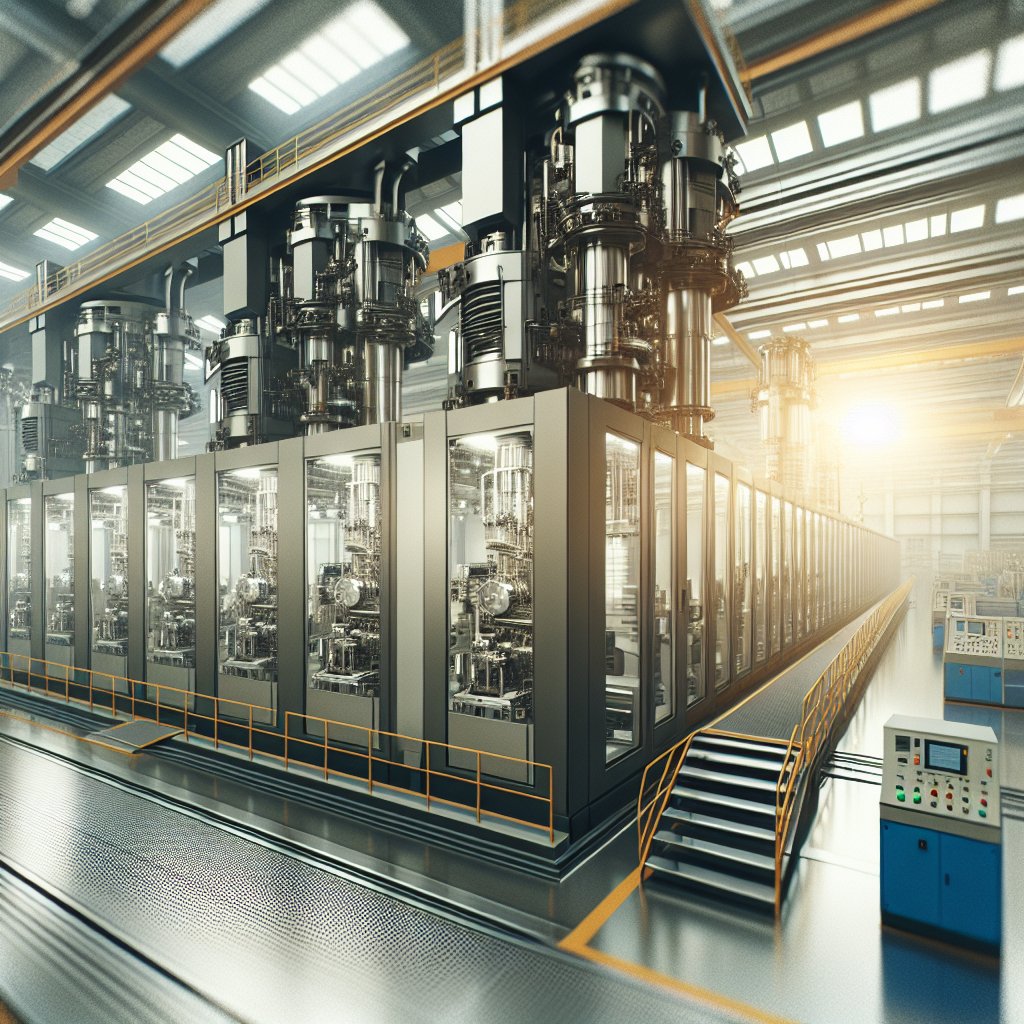
In the realm of industrial machine design, innovations are continuously being developed to enhance efficiency and productivity. As industries strive to meet the growing demands of a global market, the need for machines that can perform tasks faster, more accurately, and with less energy consumption has never been more critical. This article delves into the latest advancements in industrial machine design, exploring how these innovations are reshaping the landscape of manufacturing and production.
Advancements in Automation and Robotics
One of the most significant areas of innovation in industrial machine design is the integration of advanced automation and robotics. Automation has been a cornerstone of industrial efficiency for decades, but recent developments have taken it to new heights. Modern machines are now equipped with sophisticated sensors and artificial intelligence (AI) systems that allow them to perform complex tasks with minimal human intervention.
Robots, once limited to simple, repetitive tasks, are now capable of handling intricate operations that require precision and adaptability. This is largely due to advancements in machine learning algorithms, which enable robots to learn from their environment and improve their performance over time. For instance, in the automotive industry, robots are now used for tasks such as welding, painting, and assembly, significantly reducing production time and costs.
Moreover, collaborative robots, or cobots, are designed to work alongside human operators, enhancing productivity while ensuring safety. These machines are equipped with sensors that detect human presence, allowing them to adjust their actions to prevent accidents. This collaboration between humans and machines is paving the way for more flexible and efficient production lines.
Energy Efficiency and Sustainability
As industries become more conscious of their environmental impact, energy efficiency and sustainability have become key considerations in machine design. Innovations in this area focus on reducing energy consumption and minimizing waste, ultimately leading to more sustainable manufacturing processes.
One approach to achieving energy efficiency is through the use of variable frequency drives (VFDs) in industrial machines. VFDs allow for precise control of motor speed and torque, optimizing energy use based on the specific requirements of a task. This not only reduces energy consumption but also extends the lifespan of machinery by preventing unnecessary wear and tear.
Additionally, the development of lightweight materials and advanced manufacturing techniques, such as additive manufacturing, has contributed to more sustainable machine designs. By using materials that are both strong and lightweight, manufacturers can reduce the energy required for machine operation and transportation. Additive manufacturing, or 3D printing, allows for the creation of complex parts with minimal material waste, further enhancing sustainability.
Furthermore, the implementation of smart grid technologies in industrial settings enables machines to operate more efficiently by optimizing energy use based on real-time data. This integration of digital technology with traditional manufacturing processes is a key driver of the shift towards more sustainable industrial practices.
Conclusion
Innovations in industrial machine design are playing a crucial role in enhancing efficiency and sustainability across various sectors. The integration of advanced automation and robotics, coupled with a focus on energy efficiency and sustainable practices, is transforming the way industries operate. As these technologies continue to evolve, they hold the promise of even greater improvements in productivity and environmental stewardship, paving the way for a more efficient and sustainable future in industrial manufacturing.

